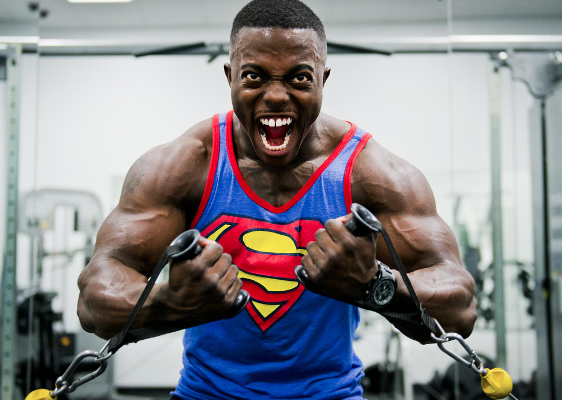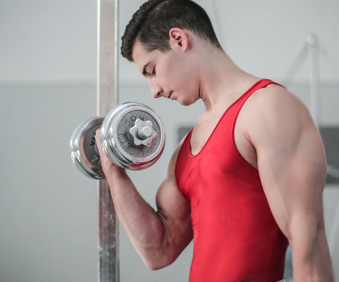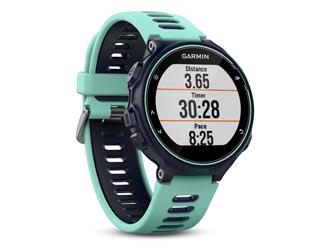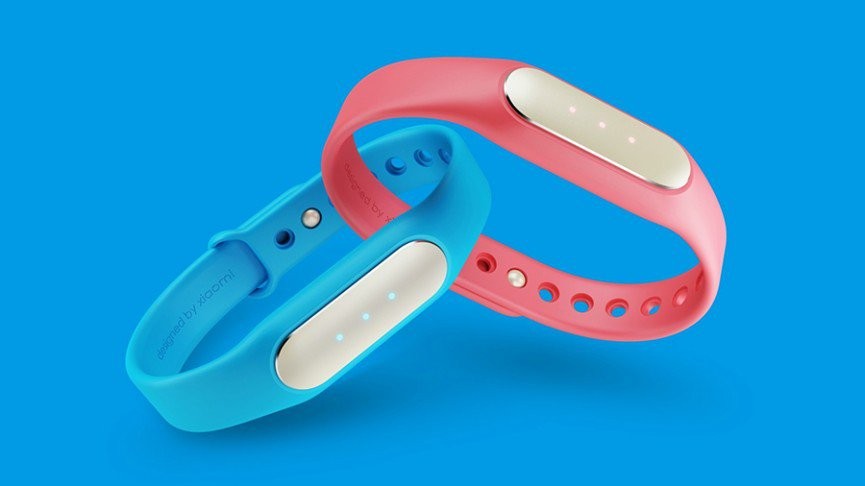Even if you step into the gym with no intention of cheating on your fitness training you might end up doing as you progress in a tough set of exercises. It’s something that a fitness enthusiast who is into biceps curls, would identify immediately. This exercise is extremely effective when it comes to building momentum and shooting for the bigger biceps. Proper execution of bicep curls will itself eliminate the practice of cheating with the curls as you work for a longer period. Unlike most of the body-building workouts, concentration curls make you work on each arm individually, this can help in working on your weaker side if you have one.
The slow & steady pace of this workout exercise is excellent for inducing tension that helps in squeezing your biceps. This workout primarily puts your biceps to work, & results will follow the topped shape of the sleeve-busting arms.

Building Bigger Biceps:
You have to put more into it, than just doing bicep curls. Workout is just one component of achieving your fitness goals. You have to consider other factors too. Building bigger arms increases the overall muscle mass and makes you stronger.
- Regulate your diet: A thumb rule for gaining muscles is consuming more calories than burning for gaining weight. Make sure you distribute the healthy calories evenly throughout the day in your breakfast, lunch, dinner & post-workout snacks.
- Get Stronger: But the Strength not just the size. Also, focus on full-body strengthening, it’s not realistic to strengthen a particular muscle group of your body. Increase the overall muscular mass of your body.
- Rest: Your body repairs and heals itself when you rest. Taking appropriate rest is essential for your muscle growth. Make sure you give the proper rest and break, follow the proper rest routine.
- Track Progress: Keep a track of your weight & measure the width of your arms every two weeks. If the arms are not bulking up, then check your training if you are doing it properly or compromising on your diet.
Muscles targeted in Bicep Curls:
Multiple muscle groups of your arm are engaged in concentration curls. The muscle groups that are directly targeted includes:
Brachialis muscles Biceps brachii
Flexor digitorum Tricep brachii
Serratus anterior Pectoralis major and minor
Rectus abdominis
Benefits of Dumbbell Concentration
1) Strength & Size Gains
Concentration curl is the primary bicep-building workout. The arm is placed in the anchored position, the biceps receive greater tension than the standard bicep curl. This workout is highly effective for strengthening your biceps muscle & boosted biceps hypertrophy. Building the biceps muscles is not just for showcasing— improves the performance at the gym and other workouts.
2) Better Athletic Performance
The concentration curl offers a major boost to athletic performance. Sports that involve swinging, throwing, rowing & other similar motions primarily depend on how strengthened your biceps are. Doing concentration curls helps a lot with that. Adding them to your training regime will give you an edge over the competitors.
3) Improved Aesthetics
Everyone wants to have bigger arms, biceps popping out of their sleeves, improving their overall aesthetic. Concentration curls are very effective for developing those defined bulky muscles. It’s simple to learn & improve in no time.
Eccentric vs Concentric Moment
Picture yourself doing bicep concentration curls. While you lift the dumbbell in the concentric phase, the bicep curls into a ‘cannonball’ like position, lowering it slowly will make the bicep resist weight while extending – this phase is called eccentric.
Eccentric workouts subject your muscle to greater tension & too for longer time intervals they generate a greater trauma which in turn stimulates more muscle growth. The bottom line regarding mastering the eccentric workouts is the foregoing rookie mistake of rapid lifting & lowering weights for achieving the highest rep count.
Concentration curls
Unarguably concentration curls are one of the most efficient workouts for maximizing bicep growth when done in workout clothes. It completely isolates the muscle group of your bicep. Causing the greatest shock to the biceps, which yields micro-trauma without the inefficiently working of secondary muscles.
How To perform The Concentration Curl

Start this workout by sitting on the bench that is the height of the knees, bend them at an angle of 90° by placing your feet on the ground flat. Then pick up the dumbbell with the right hand & place the back of the upper right arm at the inner section of the right thigh. Make sure your arm is extended as it holds the dumbbell off the ground.
Then slowly start curling weight up, by moving the forearms – putting the upper arm on your thigh will enable you to keep still as you perform the workout.
While you are at the top of this move, pause for a moment & squeeze the biceps, while slowly lowering the weight back. Perform all the reps with one arm, then switch to another.
Common Concentration Curl Mistakes to avoid
1) Doing Partial Reps
One of the most common mistakes, that’s not just bound to concentration curl but other exercises as well are performing partial reps. Athletes either do short curling while going up to do not return the dumbbell to starting position. This mistake prevents you from getting the best of your concentration curl. It’s better to lift less weight with better form than lifting more weight in poor form.
2) Utilizing Momentum
Dumbbell concentration is designed in a way that prevents people from using their momentum for lifting the weight. Many lifters make the mistake as they move their legs & upper body to swing the dumbbell. This occurs when you try to lift a lot of weight. It can be fixed by choosing a lighter weight.
3) Rushing into the Motion
Another mistake that happens during dumbbell concentration curls is when you rush into the motion. People curl the dumbbell upwards in a controlled fashion & then let it fall quickly. It’s not only unsafe but steals potential major gains from eccentric portions of this exercise motion. Rather than rushing into the motion, curl up & down in a calm and controlled fashion. The slow tempo increases the muscle tension period & maximizes the benefits of this exercise.
4) Overtraining the Arms
Your arms are made up of small muscles that get hit in the exercises as you hold the bar & bending the arms. You can not train them for more than 5 weeks. Muscles need proper rest for growing and healing.
Variations of Dumbbell Concentration Curl
1. Standing Concentration Curl
Assume that you are in the standing position with the feet opened shoulder-distance apart. Then grab a kettlebell by using your right hand & palm facing away. Then Shift your whole weight at the right side & place the elbow at the inside of the thigh above the knee for supporting yourself. With the stabilized base, complete its standard variation. Complete the reps and switch the arm.
2. Landmine Concentration Curl
In this workout secure a barbell with the landmine attachment, and stabilize yourself at one side of the bar placed at your front. Then straddle that barbell and stand perpendicular to the bar. Then hinge at your waist & anchor the right elbow inside of the right thigh above the level of your knee. Then grab that barbell with the right hand & both palms facing upwards. Complete the rep and switch the arms in the next one.
3) Body Weight Concentration Curl
This variation of concentration curl involves no equipment. It can be done without using any additional weights. Begin with this exercise by sitting on the chair. With the right foot placed firmly at the front on the floor, then grab the back of the left leg by using the right hand.
Then with the right elbow plant yourself securely at the inside of the right thigh, use the leg as resistance & contract the right bicep for lifting the left leg. Complete the rep and switch the leg.


 Xiaomi Mi Band Pulse ($19+)
Xiaomi Mi Band Pulse ($19+)




